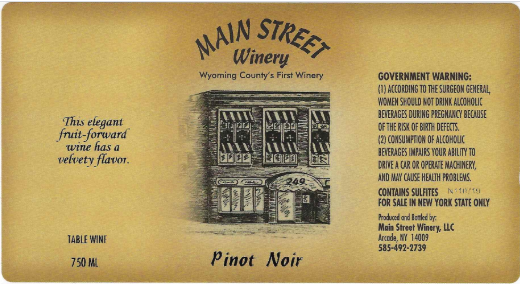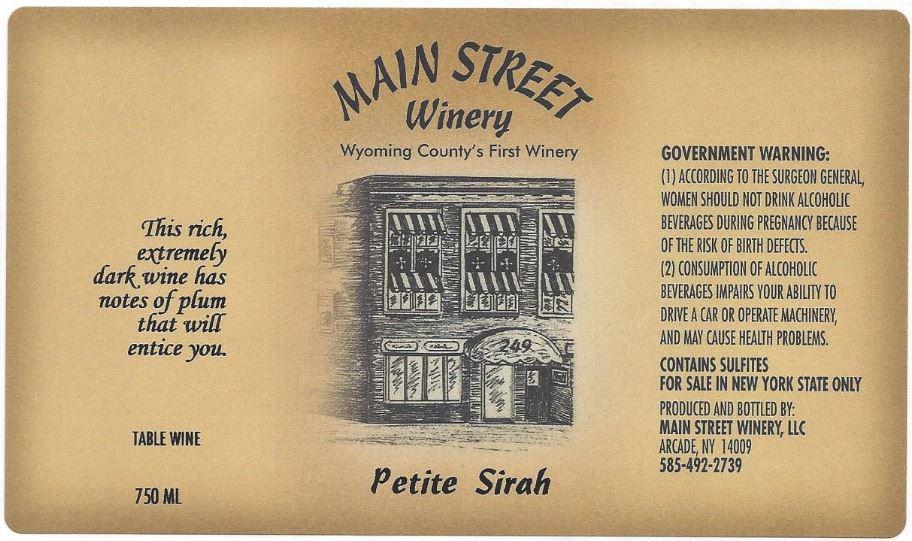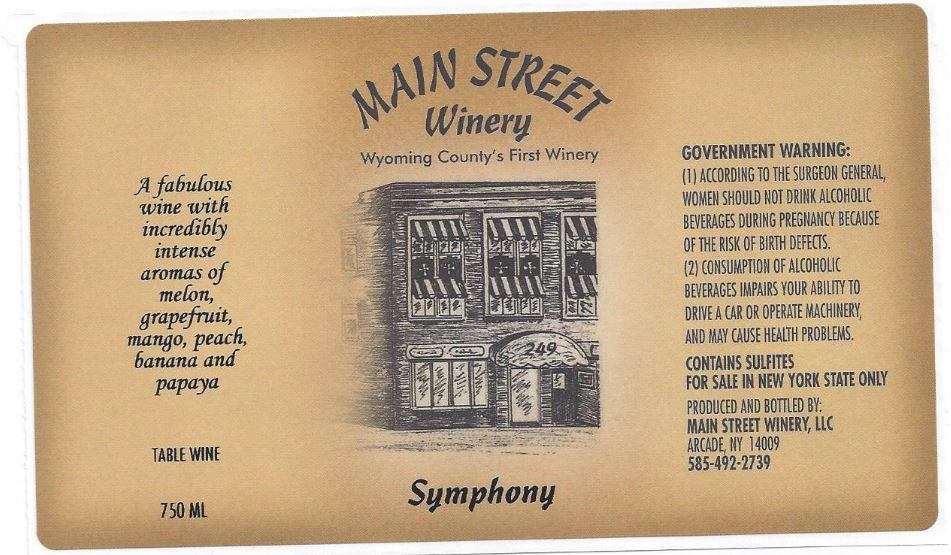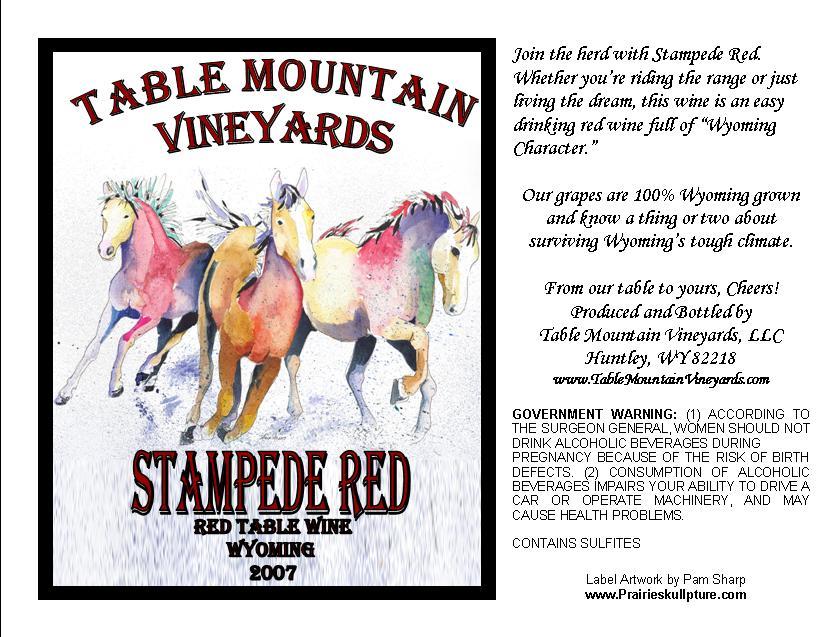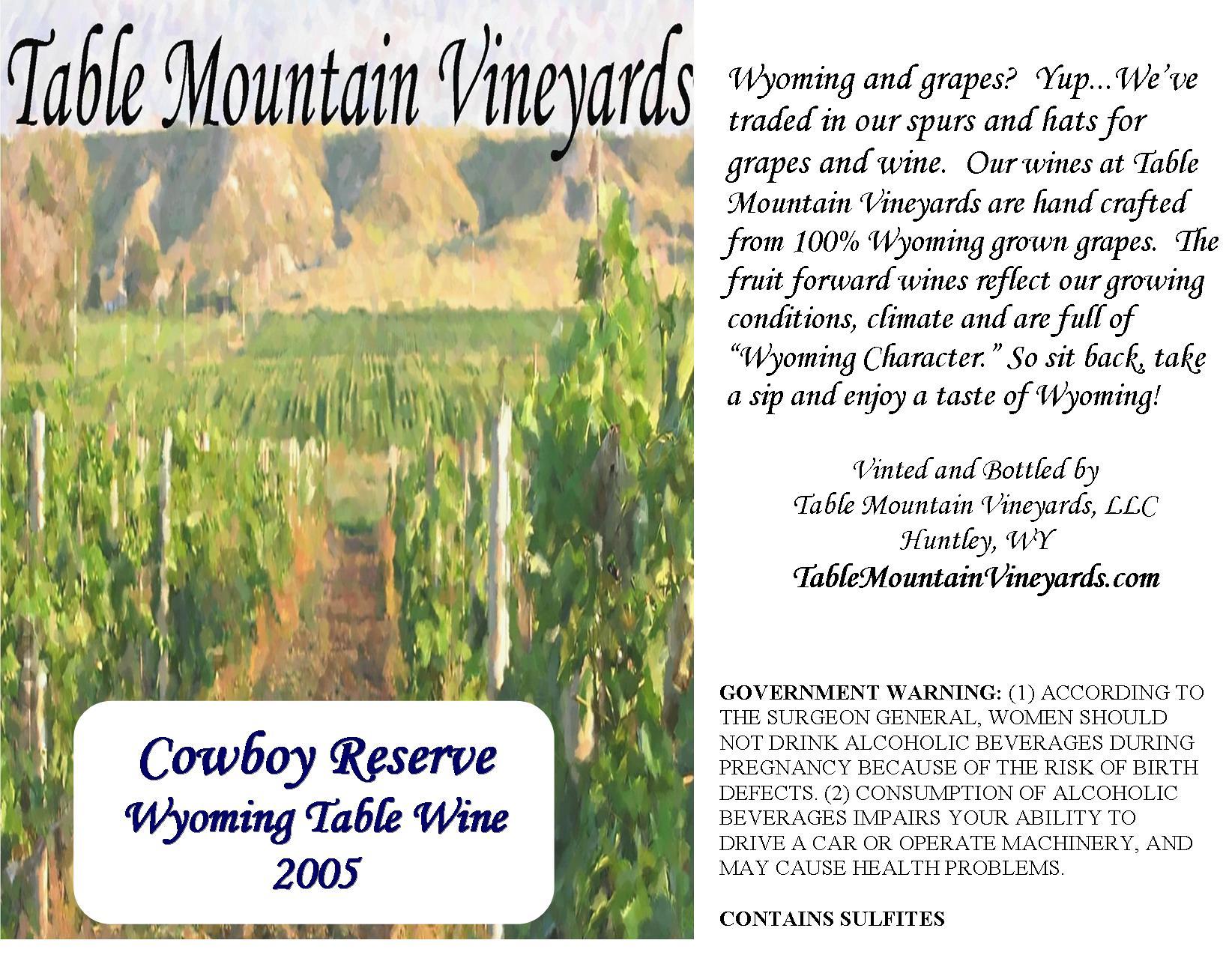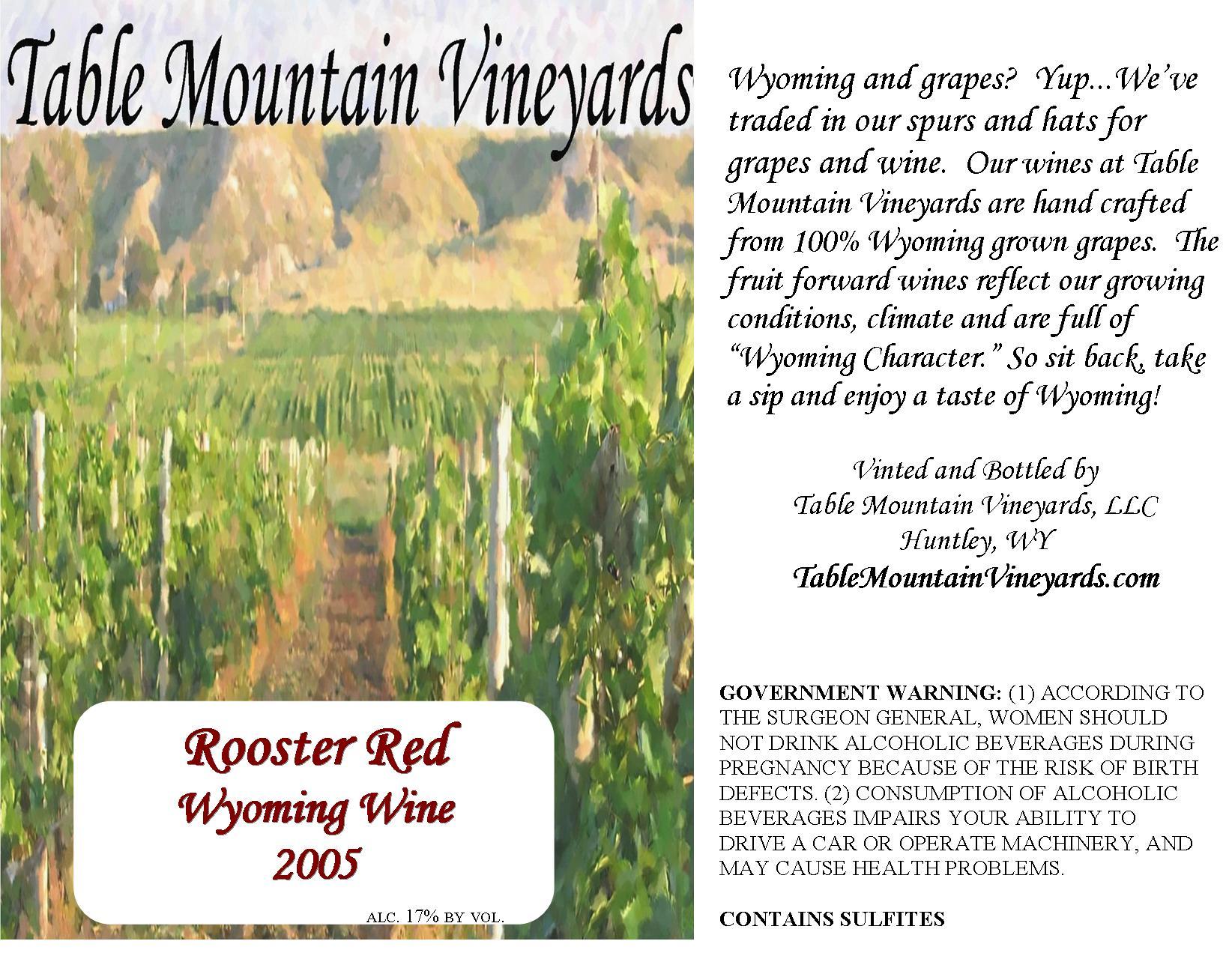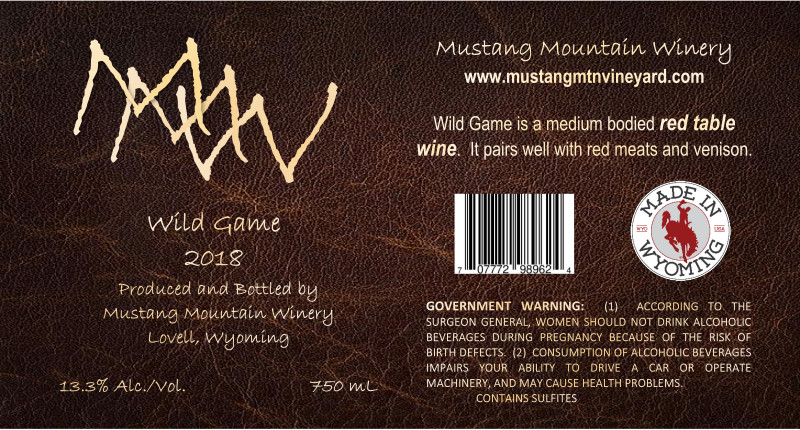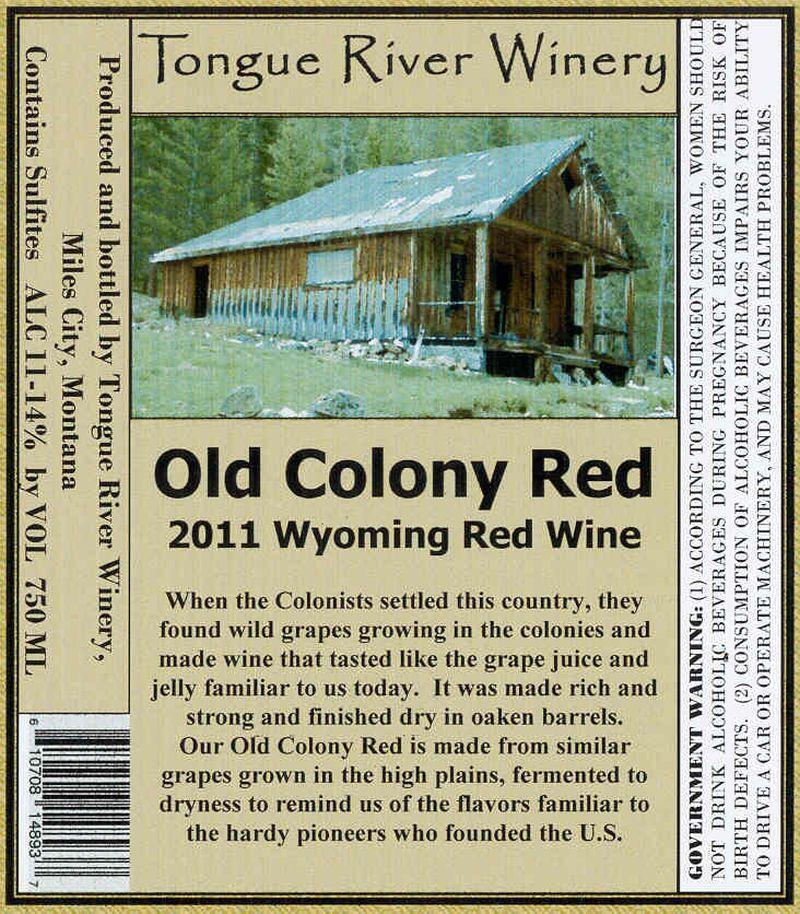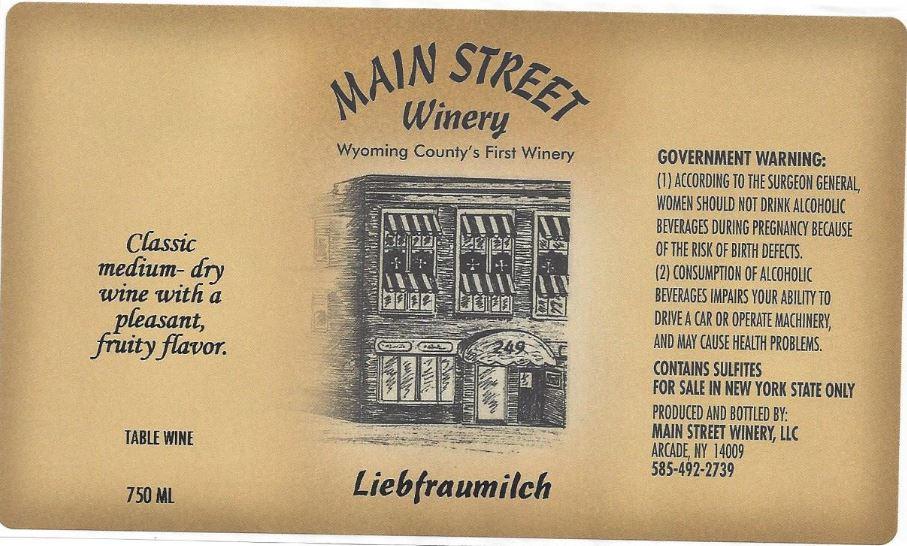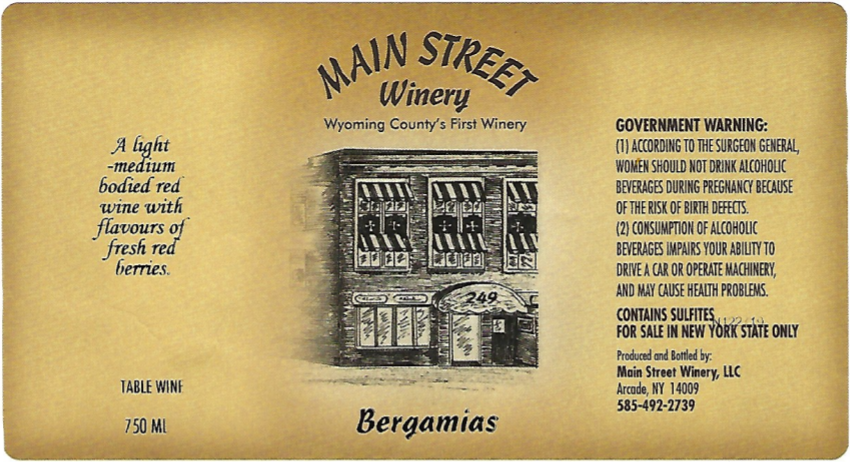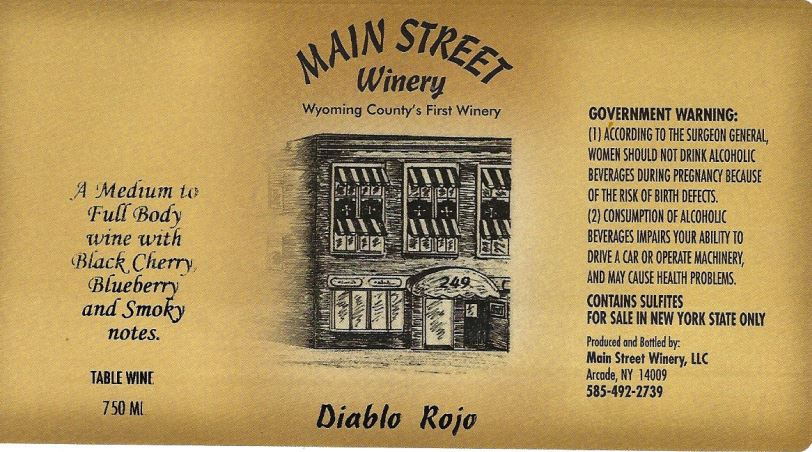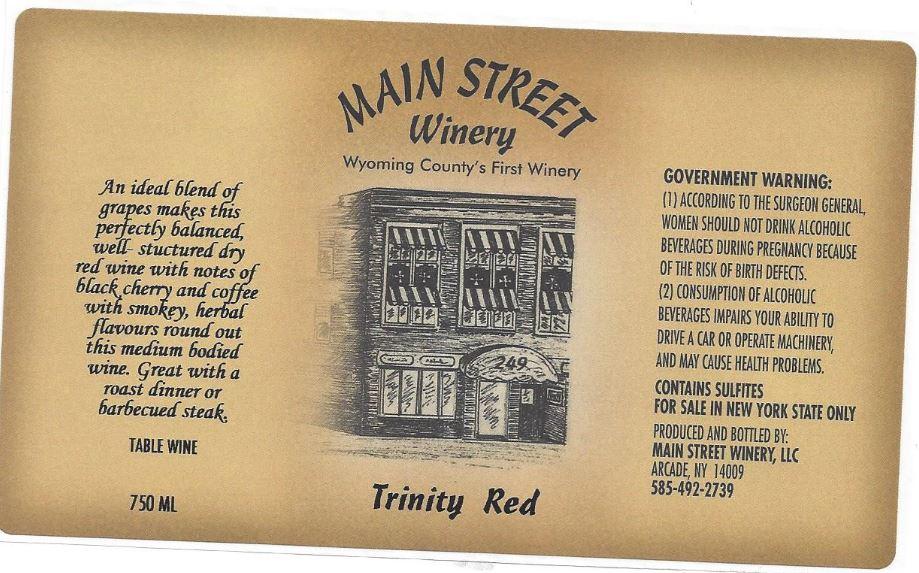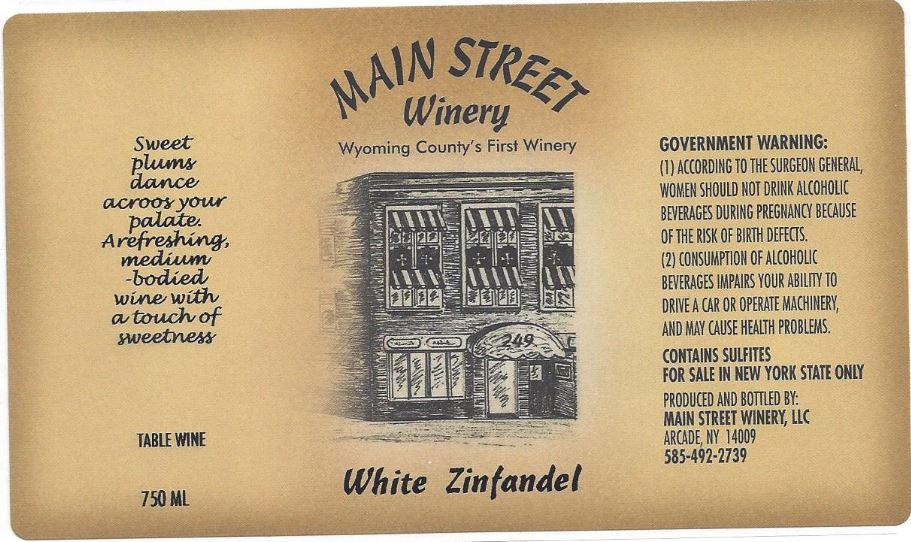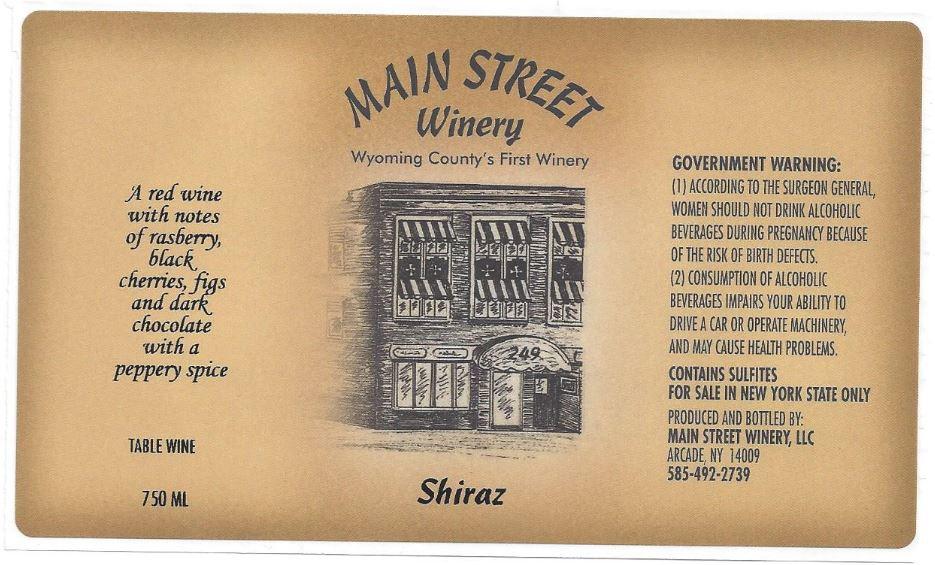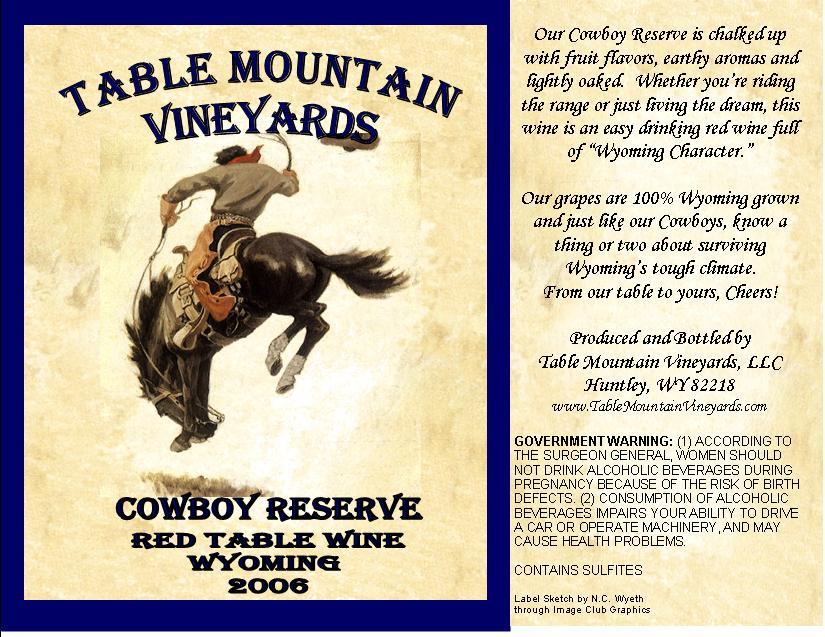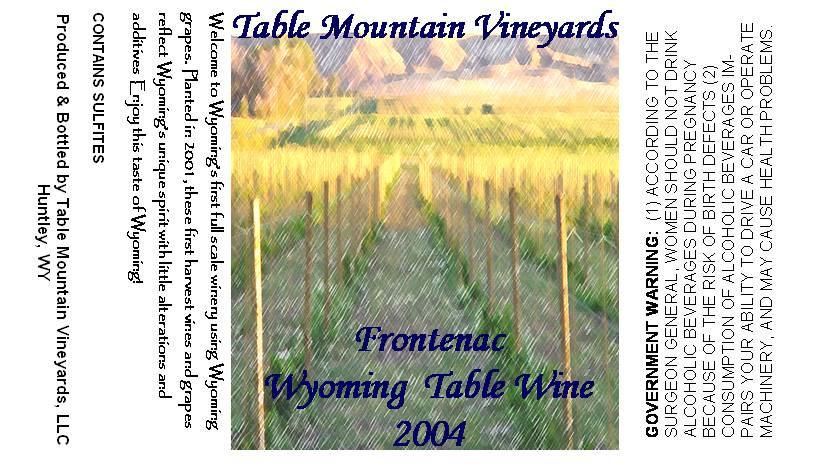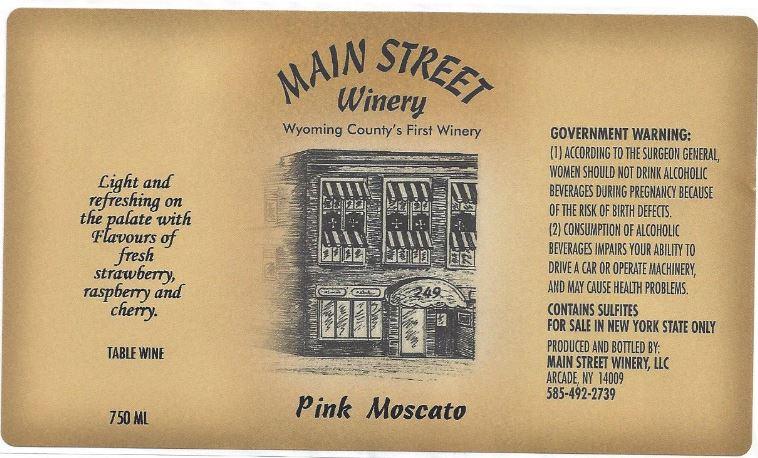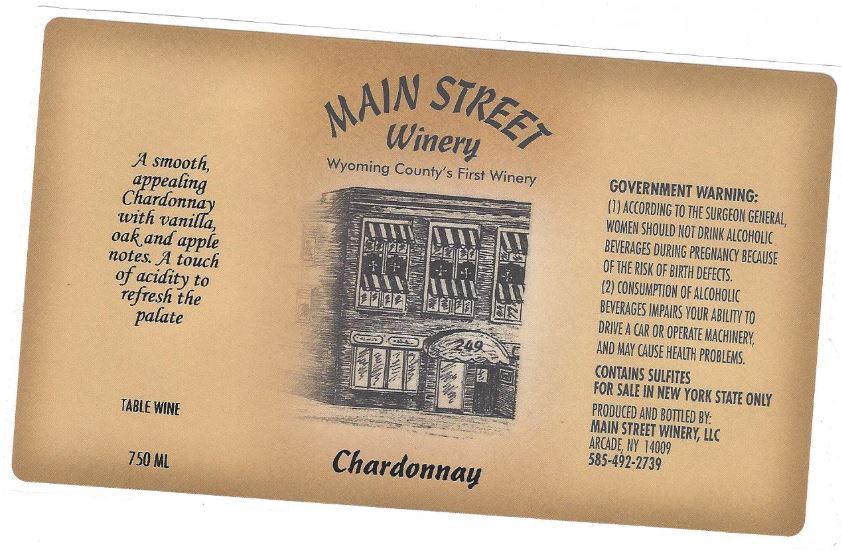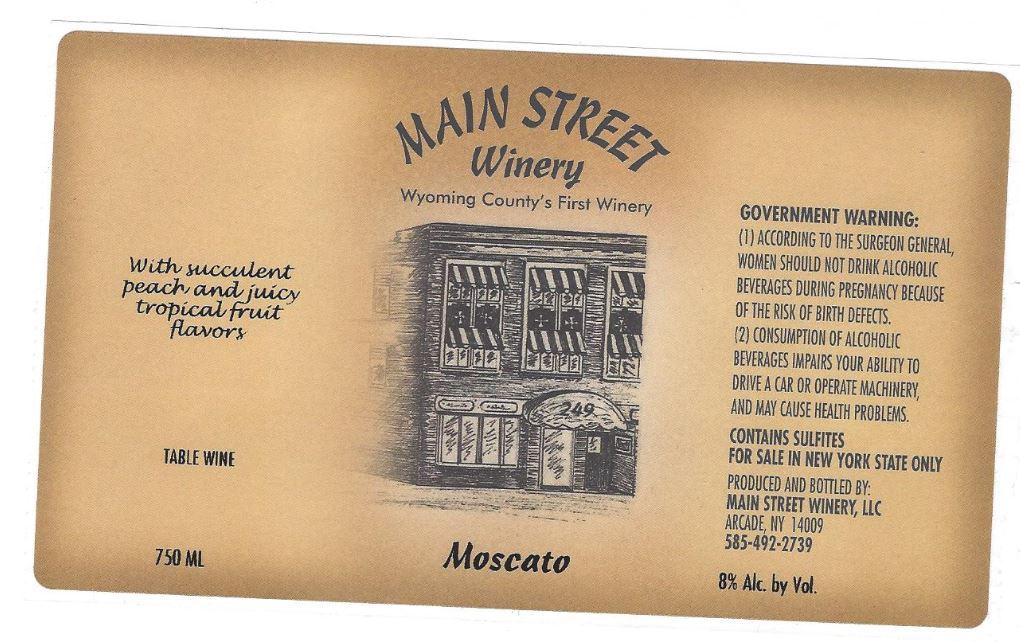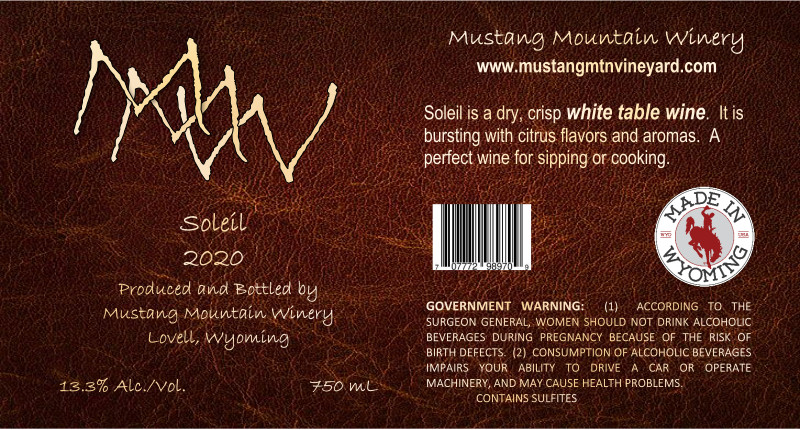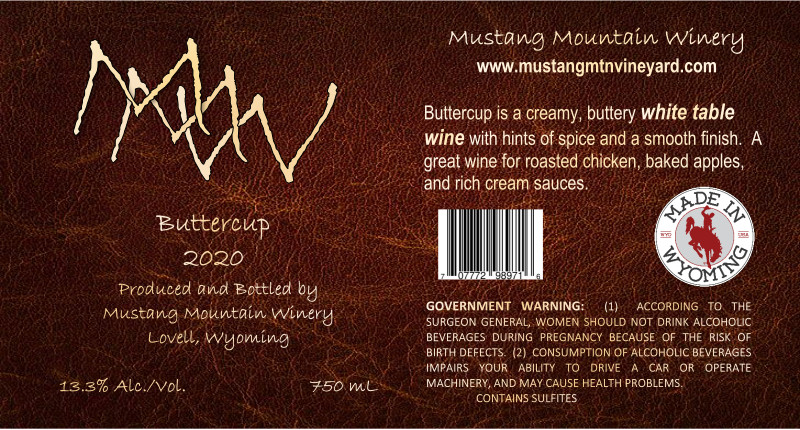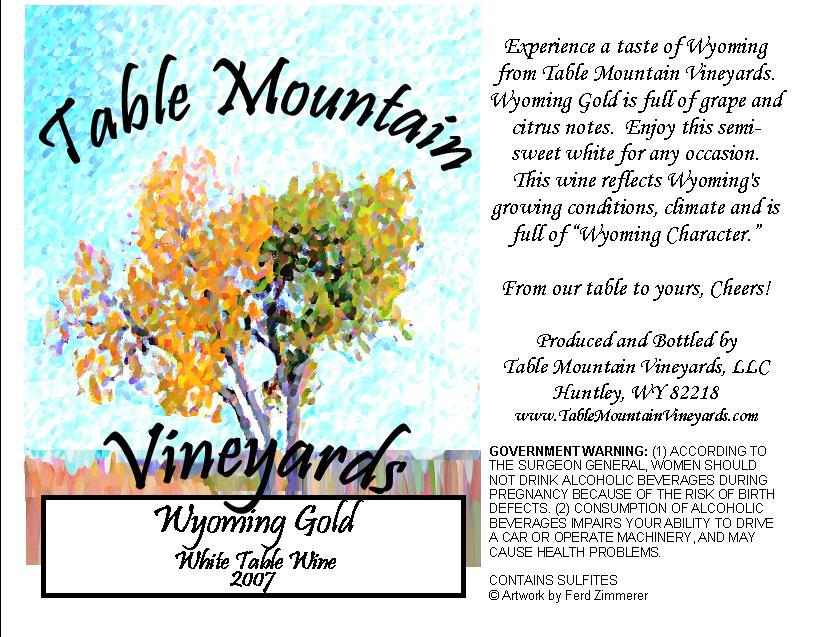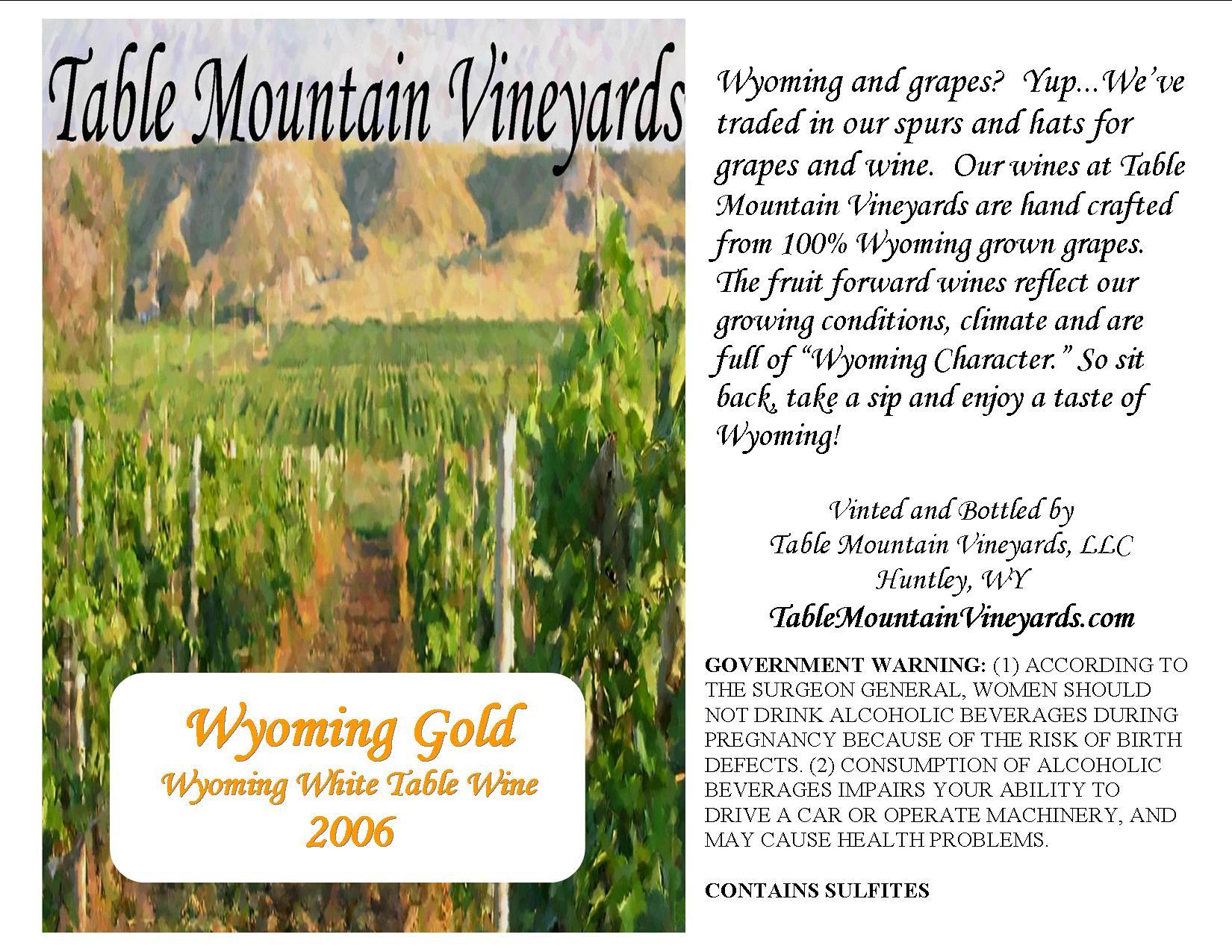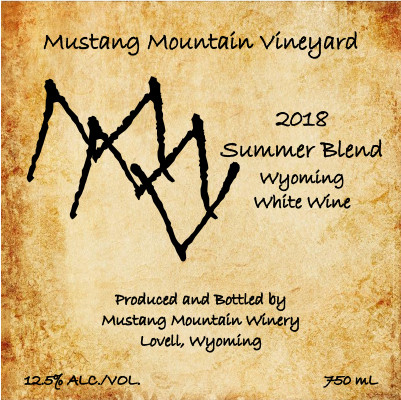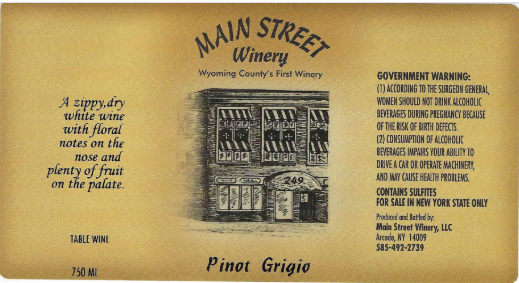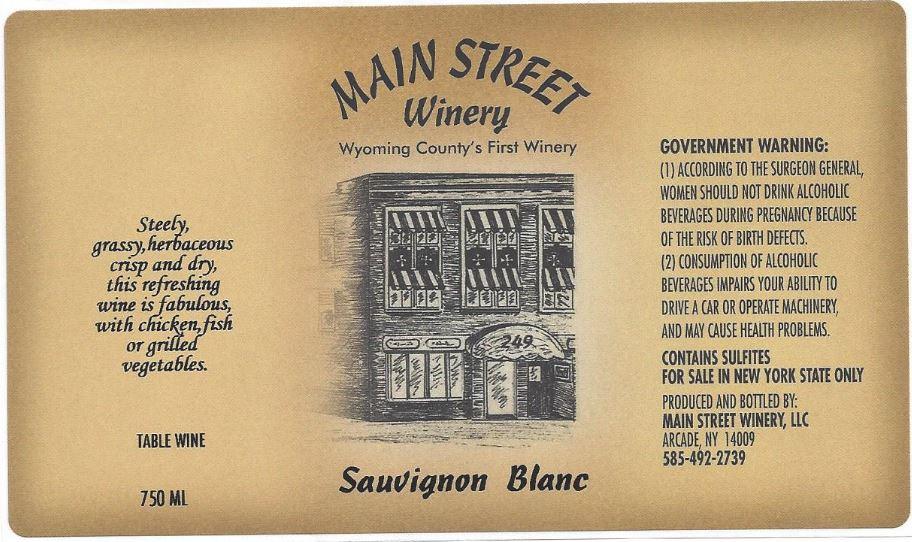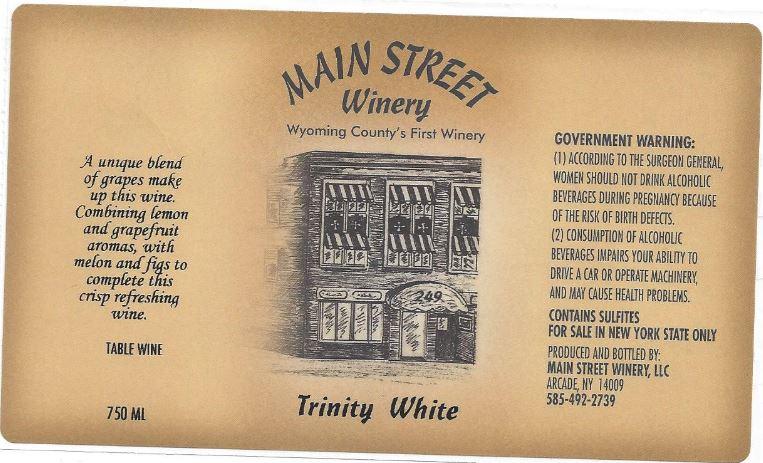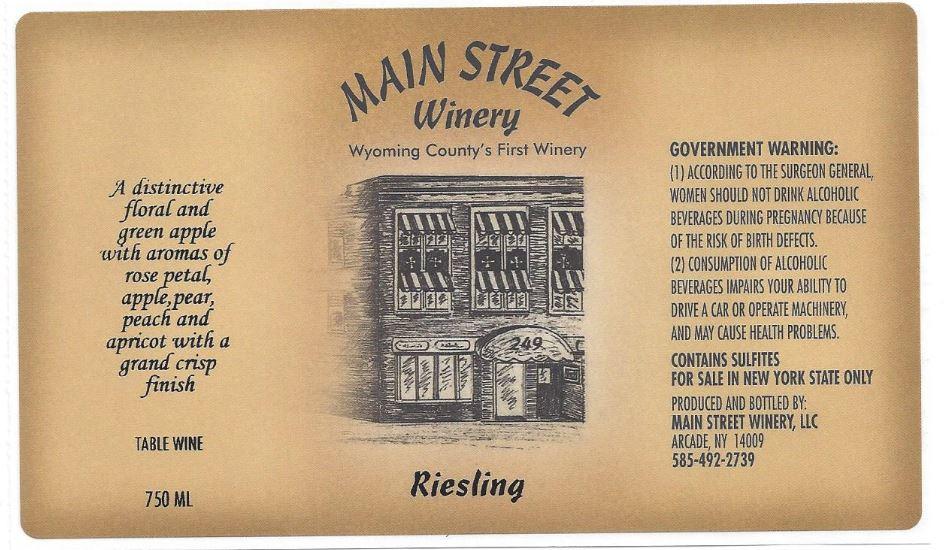Terroir of Wyoming
Wyoming’s terroir is defined by its intense continental climate and high altitude, with vineyards situated 4,000 to 6,000 feet above sea level. The region experiences dry summers and harsh winters, offering a short growing season of about 120 frost-free days. This climate results in a significant temperature difference between day and night, aiding grape acidity retention. Vineyard placement is crucial, with south-facing slopes preferred to avoid frost pockets. The notorious winds challenge vines, necessitating windbreaks and protective netting. Hail is another threat, requiring adjustable trellis systems.
Low annual rainfall, often under 15 inches, necessitates irrigation but reduces disease pressure, benefiting grapevine health. Soils vary from sandy and loamy to silty, all well-drained and low in organic matter, ideal for vines. Hybrid varieties thrive here, withstanding temperatures as low as –30°F, though vine longevity is often reduced. These conditions produce wines with bright acidity and intense fruit flavors, truly reflecting Wyoming’s frontier terroir.
Notable Wineries in Wyoming
Wyoming's wine scene, though small, shines with its unique courage and innovation. The state is home to several notable wineries that each tell a distinct story of resilience and creativity.
-
Table Mountain Vineyards & Winery: Located in Huntley, this is Wyoming's largest vineyard, celebrated for its cold-hardy grape varieties like Frontenac and Marechal Foch.
-
Mustang Mountain Vineyard & Winery: Nestled in Lovell, this family-run estate offers crisp whites like La Crescent, set against the picturesque Bighorn Mountains.
-
Jackson Hole Winery: In Jackson, this winery imports grapes to craft refined wines at high altitude, surrounded by the majestic Tetons.
-
Vintages Handcrafted Wine: Based in Cheyenne, this micro-winery invites visitors to create custom blends with globally sourced grape must.
Sustainable Winemaking in Wyoming
Wyoming's winemaking thrives on sustainable practices, adapting cleverly to its challenging environment. With a focus on cold-hardy hybrids like Frontenac and La Crescent, growers minimize chemical use, as these resilient grapes resist disease and drought naturally. The state's dry climate further reduces the need for fungicides, aiding sustainable viticulture.
Water management is crucial, with drip irrigation conserving precious resources in the semi-desert landscape. Vineyards employ low-input soil practices, using cover crops and organic mulches to enhance soil health and prevent erosion. Non-chemical pest control, like fencing and netting, is preferred to protect against wildlife.
The community-driven industry shares knowledge through groups like the Wyoming Grape & Wine Association, promoting resource-saving practices. Small-scale production in Wyoming often results in less energy use and waste, ensuring the industry grows harmoniously with the rugged landscape while preserving resources for future generations.
Wine Tourism in Wyoming
Wyoming's wine tourism offers a unique blend of frontier adventure and intimate experiences. Despite its small size, the state's wine scene is rich in character, with cozy tasting rooms and picturesque settings. Visitors can explore vineyards like Table Mountain in Huntley or Mustang Mountain in Lovell, where they can enjoy wine flights amid stunning landscapes.
Jackson Hole Winery combines high-altitude tastings with breathtaking views of the Teton Mountains. In Cheyenne, Vintages Handcrafted Wine provides a creative twist, allowing guests to blend their own wines. The Historic Trails Wine Trail also weaves Wyoming’s pioneering history with wine exploration, connecting visitors to both local and Nebraska wineries. This personalized approach, coupled with the state's rugged beauty, makes Wyoming a must-visit for adventurous wine lovers, where the focus is on quality, innovation, and a genuine connection to the land.



